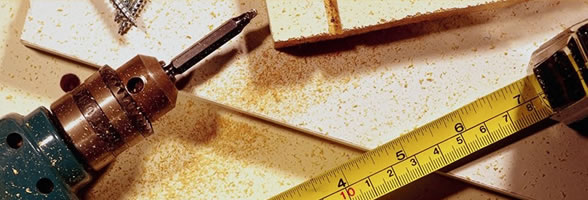
To investigate the effect of temperature on the rate of enzyme activity
PROCEDURE
- Add yeast, water and pH 9 buffer to the cylinder.
- Add hydrogen peroxide to a boiling tube.
- Stand the cylinder and boiling tube in an ice-cold water bath until the desired temperature (00C) is reached.
- Add the hydrogen peroxide into the cylinder.
- Note the volume in the cylinder immediately and record.
- Read the volume again after 2 minutes and record.
- Calculate the height of foam (activity of enzyme).
- Repeat the procedure for other temperatures.
- Record results
2007 Q7
2007
Q7
(a) i – An enzyme is a biological catalyst
ii – A structural protein is keratin
(b) i – enzyme used – catalase
ii – substrate used – Hydrogen Peroxide
iii – the pH was kept costant throught the experiment
iv – pH was kept constant using pH buffer (pH buffer 10)
v – temperature was varied by placing the cylinders in water baths of different temperatures and checking the temperature of each using a thermometer.
vi – the enzyme was added to the substrate
the stopwatch was started
the height of foam produced was measured at set time intervals
amount of foam produced in a set time indicated rate of activity
vii – Result – lower temperatures allowed less foam to form
- more foam was produced at temperatures closer to 37 degrees
- Less activity occured at higher temperatures due to denaturation of the enzyme
- therefore enzyme activity varies with temperature and as catalase is a biological vvvvvvvvvvvv
catalyst, its optimum temperature is about 37 degrees.



